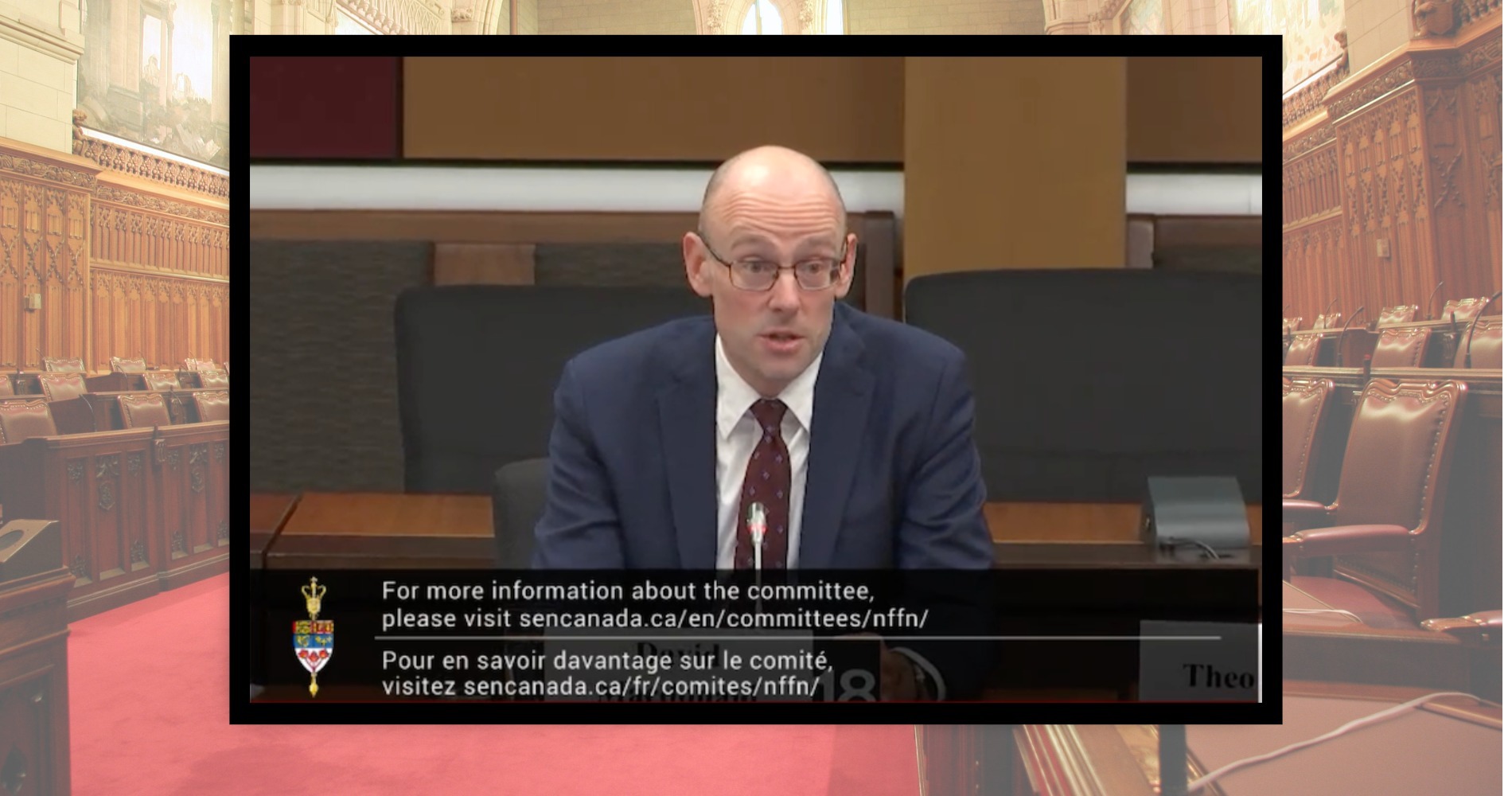We learn fairly early in life that when you apologize for something that you have done wrong, it is expected that your apology will be followed by a change in behaviour. The result of Prime Minister Harper’s meetings with First Nation Chiefs will tell us whether or not he has learned this lesson.
In 2008, Prime Minister Stephen Harper publicly apologized for Canada’s role in the “aggressive assimilation” of Aboriginal children through the government-supported, church-run residential schools. The strategy was to separate Aboriginal children from their families, communities, languages, and cultures, by placing them in institutions whose purpose was to “kill the Indian in the child”. The Harper apology was an admission that the idea was not only deeply flawed but had caused a great deal of pain and damage for generations of Aboriginal families.
It was an important moment in Canada’s history, one that Aboriginal people had long waited for. Aboriginal leaders graciously accepted the apology, albeit some with a healthy dose of skepticism. The hope was that change would follow, and the Truth and Reconciliation Commission was seen to be a first step in the process of healing and moving forward. However, actions that have followed suggest the Harper government’s policy direction contradicts the spirit of the apology and moves us backward.
One such example is Bill C-10, the Crime Omnibus Bill.
On September 20, 2011, a few months after winning a majority election, Stephen Harper’s Justice Minister, Rob Nicholson, tabled Bill C-10, an omnibus bill titled the Safe Streets and Communities Act. The Bill combined nine separate bills that had failed to pass in previous sessions of parliament. The Canadian Civil Liberties Association (CCLA) says that Bill C-10 will “fundamentally change every component of Canada’s criminal justice system”.
There is also significant evidence to show that it will not accomplish what it intends. The CCLA states that “jail more often, for longer, with more lasting consequences – is a dangerous route that is unsupported by the social science evidence and has already failed in other countries.” Indeed, the research suggests that putting an individual in jail for longer will actually increase the likelihood of re-offending. It’s hard to see how this Bill will make streets and communities safer. What it will do is needlessly increase the number of people in prison, while producing skyrocketing costs and imposing unjust, unwise, and even unconstitutional punishments.
While Bill C-10 does not explicitly target Aboriginal people, the implications for Aboriginal people cannot be ignored. Many argue that the Harper government policy is essentially creating a new form of residential school. As stated by Grand Chief Derek Nepinak of the Assembly of Manitoba Chiefs (Winnipeg Free Press, Dec. 7, 2011), “Instead of investing in jails we need to invest in healing,”
It has long been understood that there is a strong association between severe poverty and crime. The government of Canada’s own website states that “Social and economic disadvantage has been found to be strongly associated with crime.”
The rate of poverty for Aboriginal people in Canada far exceeds the rate for non-Aboriginal people. Manitoba has among the highest Aboriginal populations in Canada, and the statistics here are staggering. The rate of Aboriginal poverty in 2006 was 29%, almost three times the overall poverty rate. Fully 37% of all Aboriginal people in Winnipeg are living in poverty — they make up approximately 10% of Winnipeg’s population yet constitute 25% of those living in poverty.
Aboriginal children under six years of age had a poverty rate (before tax LICO) of 56% compared with 19% for non-Aboriginal children. The median annual income for Aboriginal workers aged 15 and over in Manitoba was $15, 246 —63% of the median income of $24,194 of the overall population.
According to Census Canada 2006, the Aboriginal unemployment rate was 15.4% in Manitoba, almost three times the rate for the overall population. On reserve, the unemployment rate was 26% in 2006. Although they make up less than 13% of the work-age population, Aboriginal people represent over 30% of the total unemployed in Manitoba.
These statistics are particularly troubling in Manitoba when we look at demographic trends. The Aboriginal population is young and growing at a faster rate than the non-Aboriginal population. In 2006, the median age of Manitobans was 37.8 years, compared with 23.9 for those who identified as Aboriginal.
Aboriginal people continue to be among those most disadvantaged, and while the majority of Aboriginal people excel in spite of the obstacles they face, they are extremely vulnerable by virtue of being so disadvantaged. This accounts for the fact that 18% of people in Canada’s jails are Aboriginal, despite being only 3% of the total population (Stats Canada, 2006 Census). In Manitoba, where the Aboriginal population is approaching 15%, 70% of those in custody are Aboriginal, according to the Manitoba Government’s own data.
It is particularly concerning that the involvement of Aboriginal youth in street gangs has increased in Canada, especially in the Prairie provinces. It is estimated that “twenty-two percent of known gang members in Canada are Aboriginal and that there are between 800-1000 active Aboriginal gang members in the Prairie provinces” (Totten, 2008). While the vast majority of Aboriginal young people do not join street gangs in spite of their vulnerability, those who do are drawn to them for many reasons rooted in the legacy of colonial policies, including residential schools.
The Harper apology did not wipe away the damage done by residential schools and colonization generally, and policies like Bill C-10 will only serve to perpetuate the damage. What is needed, in keeping with the residential school apology, is a commitment to a new policy direction aimed at supporting Aboriginal people in raising themselves out of poverty. This must include investment in the long-term healing of Aboriginal and non-Aboriginal people through decolonization and cultural reclamation, together with increased and longer-term investment in literacy, education and training, housing, and job creation.
Shauna MacKinnon is the Director of the Canadian Centre for Policy Alternatives


